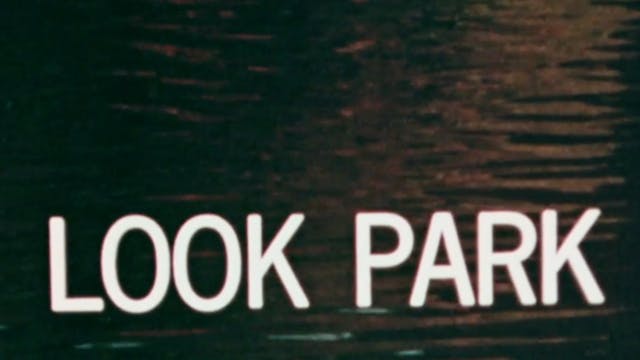LOOK AND LEARN
EUTERPE
•
11m
LOOK AND LEARN excavates the visual vocabulary we use to operate and construct the daily world. The film explores the juxtaposition of two material image forms: visual instructions (assembly guides, photography manuals, maps, diagrams) and photographs, mainly a set of several 1950s-era elementary school group photographs. The visual instructions mimic maps in their hope of directing us to something (or somewhere) perhaps to a better understanding of our world and how things work.
These instructions fight for time with the school photos which place groups of individual students into unforgiving grids. These photographs suggest a more orderly time when the instructions might actually be followed. The photos themselves become another kind of diagram, forming barely glimpsed guides to the students’ future world. They look ahead to the '60s and '70s when the imagined order of things will be exploded.
Janie Geiser’s sound collage includes found records of film soundtracks as well as institutional alarms, contemporary field recordings and short segments of speeches from the 1965 Berkeley Teach-In. Perhaps some of these students found themselves there.
In the final section of LOOK AND LEARN, the images are harder to grasp as Geiser moves the photos, along with documentary photographs of anti-war and civil rights era protests, quickly under the camera as she shoots. There is a sense of chaos, of a rushing forward and backwards, of time out of reach, of the impossibility of holding onto change: then, now, later.
"Society is a game, and it has rules, but children are seldom privy to those rules. We tend to think that this makes them innocent, but it can also make them unwitting victims to structures such as racism. A bit later in the film, Geiser introduces the silhouettes of game pieces, one of which holds a bat in his hand like Punch from the PUNCH AND JUDY puppet shows, ready to administer a beating... Divorced from their specific context, these objects simply signify gamesmanship, the absence of clear rules for how to proceed. Together with the children's lack of secure identity, Geiser seems to suggest that one may indeed look, but this is no guarantee that you can learn what you need to know to navigate a dangerous reality and its all-too-hazardous chutes and ladders." - Michael Sicinzki, Letterboxd
"Geiser’s universe is a fascinating experimental manifestation of the moving image through the use of shards, refined sharp shards that penetrate deep into the unconscious." - Sarmiento Hinojosa, Desistfilm
Up Next in EUTERPE
-
LOOK PARK
LOOK PARK presents close-up shots of a country stream viewed in bright sunlight. The film opens with wide shots of the park to establish the location, then focuses on the abstract selections and shadows. The music—initially a piece by Jacques Offenbach which segues midway into an electronic recor...
-
LOST MOTION
LOST MOTION uses small cast metal figures, toy trains, decayed skyscrapers and other found objects to follow a man’s search for a mysterious woman. From an illegible note found on a dollhouse bed, through impossible landscapes, the man waits for her train that never arrives. His wanderings lead ...
-
THE LOVE OF ZERO
Robert Florey, a French cineaste, and William Cameron Menzies, a top art director, combined talents to show the influence of THE CABINET OF DR. CALIGARI (1920) and other European film experiments which tended to be ignored by Hollywood productions. Florey went on to make the the expressionistic M...



